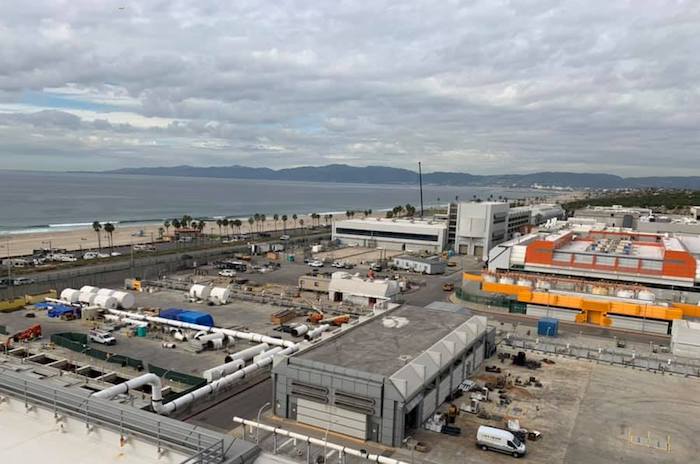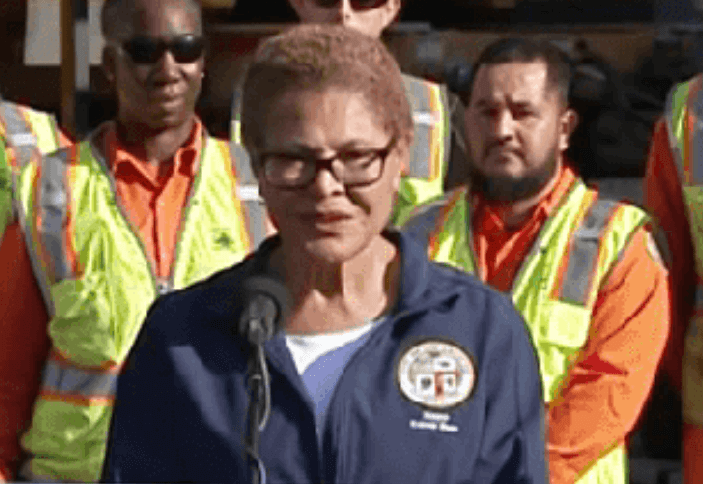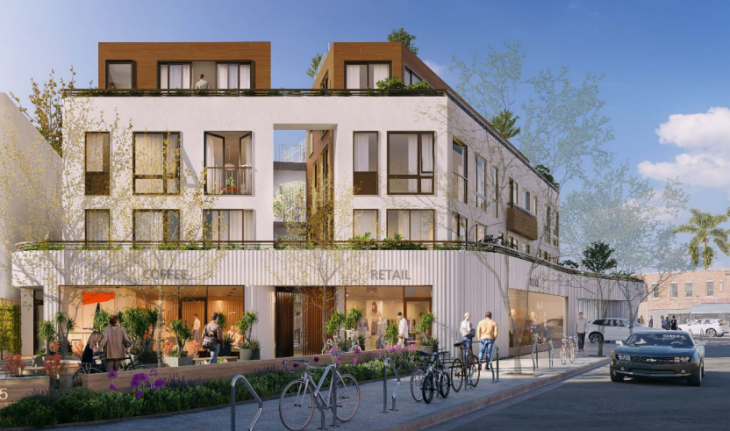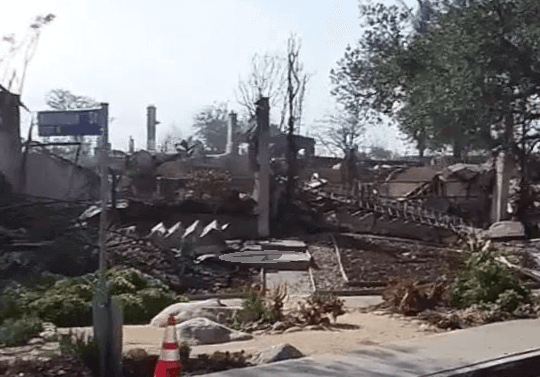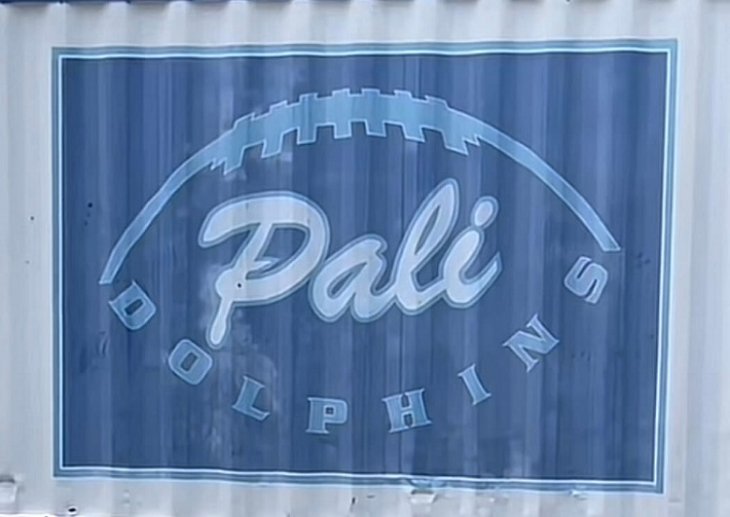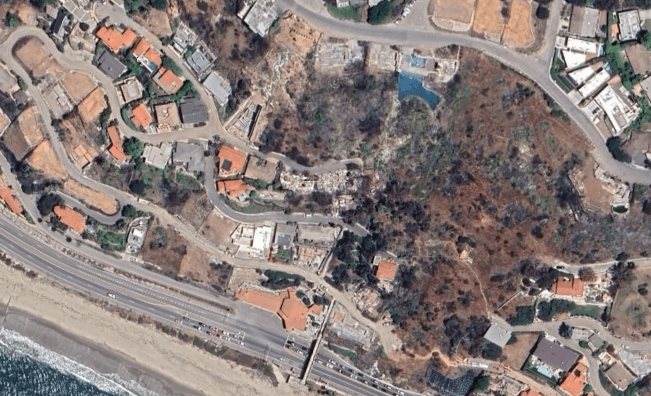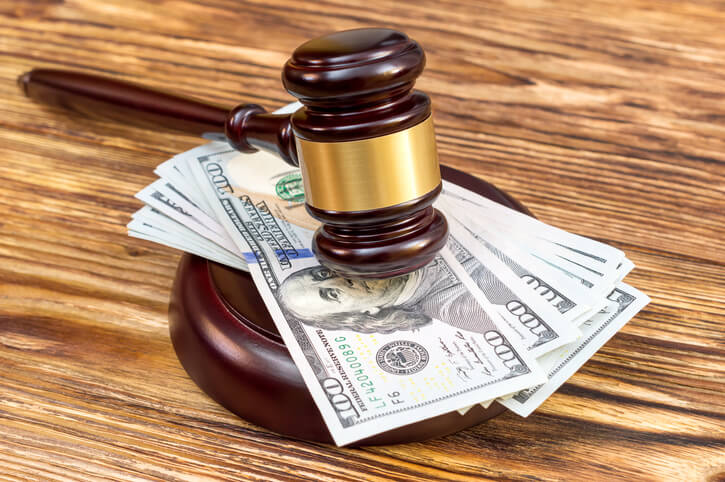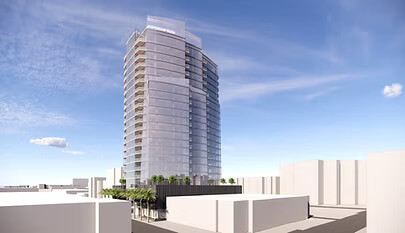17 million gallons of raw sewage discharged from Hyperion Water Reclamation Plant Sunday Night
By Sam Catanzaro
Beach closures have been lifted following the discharge of 17 million gallons of raw sewage into Santa Monica Bay but at some beaches–including near Pacific Palisades–the water currently contains high levels of bacteria, potentially due to the spill.
According to Heal the Bay, the discharge started at 7 p.m. on Sunday night and stopped around 5 a.m. Monday morning.
“We understand 17 million gallons of raw sewage were spilled through the 1-mile outfall, which is directly offshore from the Hyperion Water Reclamation Plant in El Segundo,” Heal the Bay wrote in a fact sheet following the discharge.
Los Angeles County Supervisor Janice Hahn, who represents the area, said in a Tweet that a mechanical failure caused untreated sewage to be discharged into the ocean. Heal the Bay elaborated by saying that the inflow to the Hyperion plant was severely clogged and flooded the facility.
“The sewage left the facility untreated through the 1-mile pipe and outfall,” Heal the Bay said.
The City of LA’s department of sanitation did not release information surrounding the spill until 5:40 p.m. Monday.
“Sunday afternoon, the Hyperion Water Reclamation Plant became inundated with overwhelming quantities of debris, causing backup of the headworks facilities,” LA Sanitation wrote in a statement. “The plant’s relief system was triggered and sewage flows were controlled through the use of the plant’s one-mile outfall and discharge of untreated sewage into Santa Monica Bay. Normally the discharge of treated sewage is through the five-mile outfall. During the eight hours of discharge through the one-mile, approximately 17 million gallons of raw sewage (representing six percent of a daily load) was discharged as an emergency measure to prevent the plant from going completely offline and discharging much more raw sewage.”
The event prompted the closures of a handful of beaches near the plant. On Wednesday evening the LA County Department of Public Health lifted beach closures at Dockweiler State Beach and El Segundo Beach as water samples have not shown dangerous levels of fecal-indicator bacteria.
“Based on these results, it appears safe at most locations in the Santa Monica Bay, but we urge you to exercise caution by regularly checking the LA County Department of Public Health website for water conditions and beach closures,” Heal the Bay said.
There are four sites in the Santa Monica Bay, however, that exceeded State standards as of 9 p.m. Wednesday night. According to Heal the Bay, these beaches are Topanga County Beach, Will Rogers State Beach at the Santa Monica Canyon storm drain, Santa Monica State Beach at the Santa Monica Pier and Manhattan County Beach at the 28th Street storm drain.
“Coming into contact with water at these locations could cause illness – it is unclear if these exceedances are due to the sewage spill, recent rainfall, or something else.” Heal the Bay said.
For the most up to date information on water quality, visit Heal the Bay’s regularly updated beach report card HERE.
The last major such incident was in 2015 when 230 million gallons of sewage spilled into Santa Monica Bay. According to Heal the Bay, from 2020 to 2021, 75 sewage spills sent a total of 346,888 gallons into rivers, lakes, and streams within Los Angeles County, including a 222,542 gallon spill in February 2021 closed all the beaches in Long Beach.

